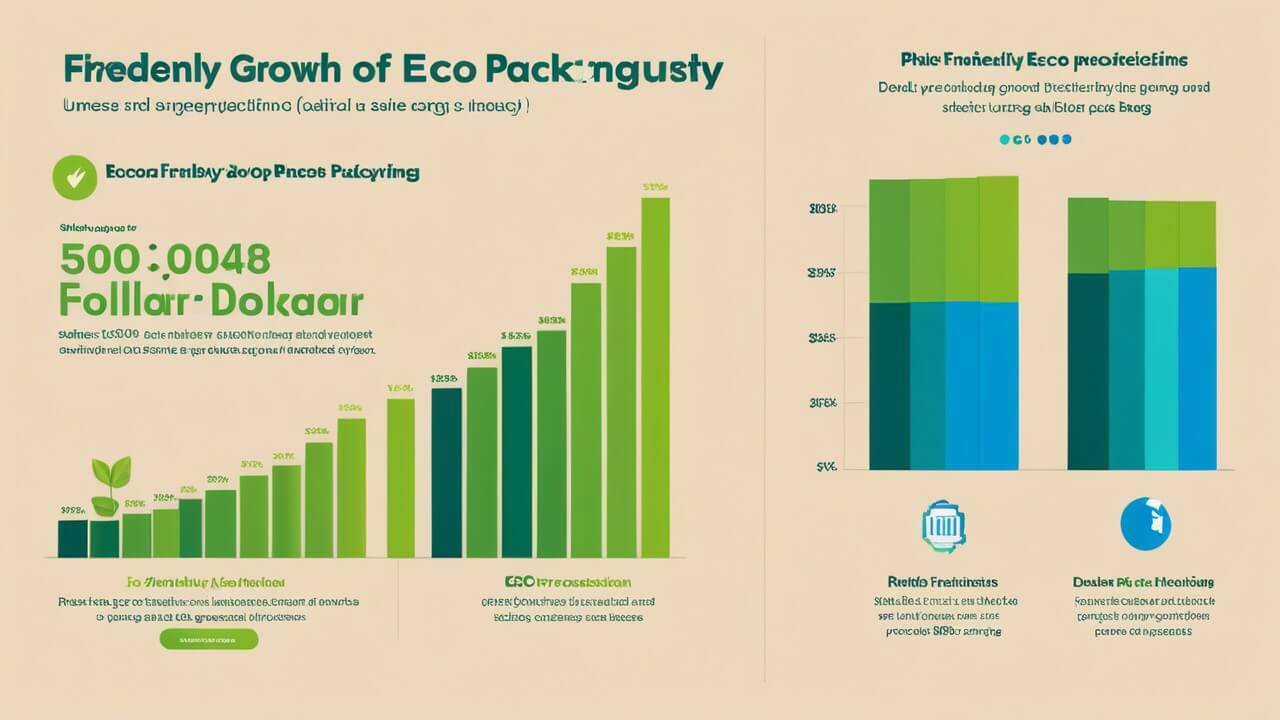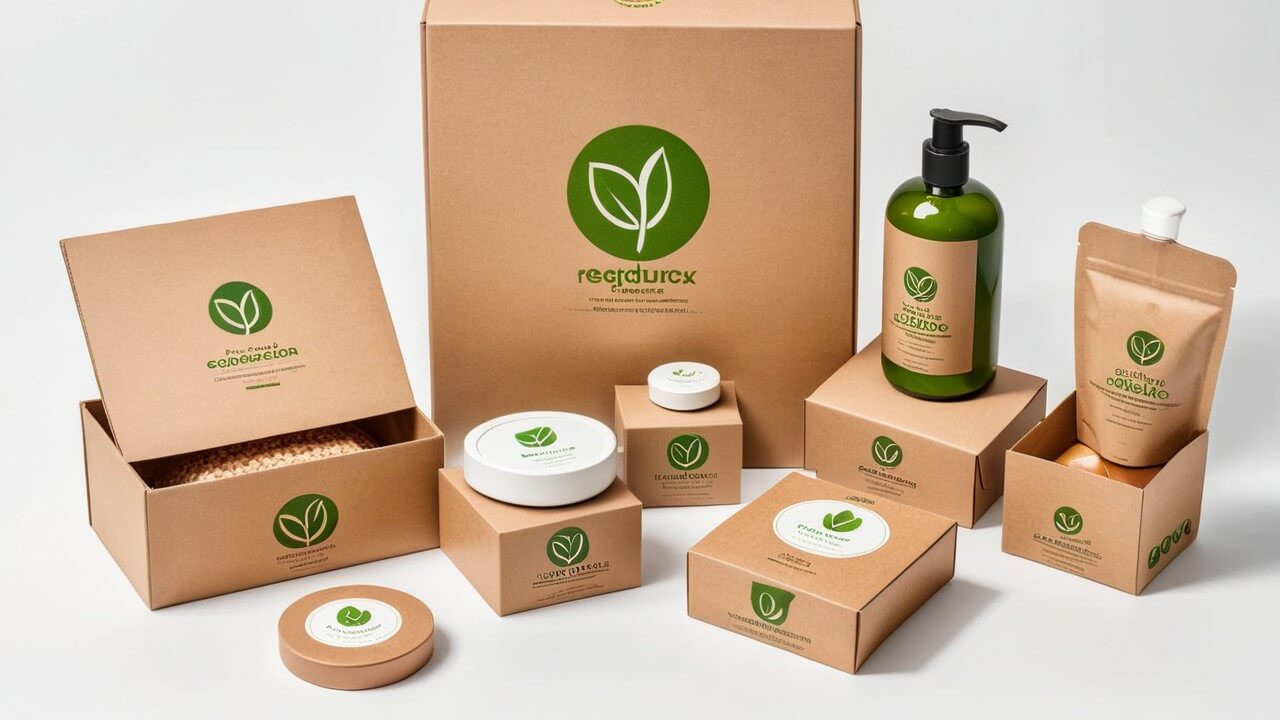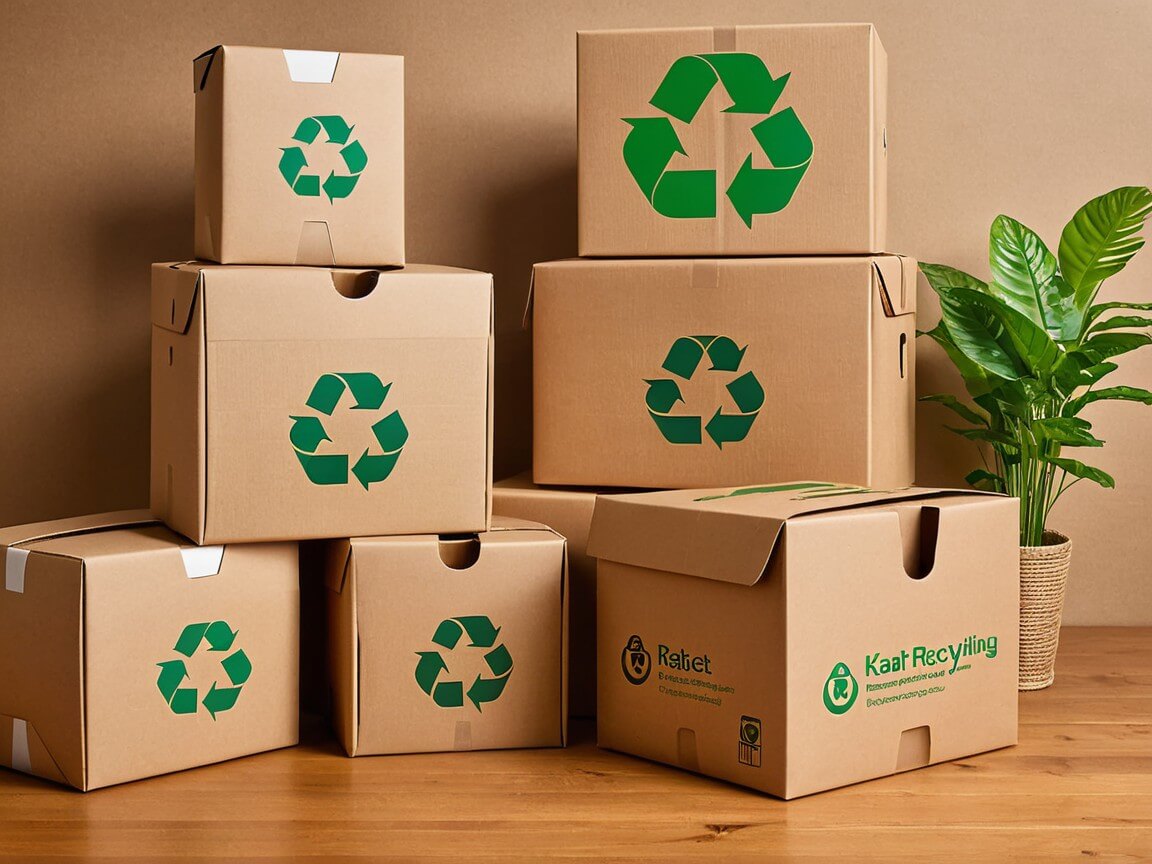
Packaging has always been essential for protecting valuable items. Over the years, humans have used various materials to safeguard their products, but eco-friendly packaging has emerged as the most significant advancement in the packaging sector. With sustainability becoming a global priority, eco-friendly packaging is gaining popularity daily due to its recyclability, reusability, and cost-effectiveness.
When comparing the growth of eco-friendly packaging with the traditional plastic industry, the difference is striking. Studies show that sustainable packaging materials are growing at an annual rate of around 6%, proving their increasing importance in the modern world. Below are the key factors driving this rapid shift toward eco-friendly solutions.
The Recyclability
One of the biggest advantages of eco-friendly packaging over plastic is recyclability. While plastic can technically be recycled, the reality is alarming only about 14% of global plastic waste is successfully recycled each year. On the other hand, paper has a recycling rate of around 65% worldwide, making it a far more sustainable choice.
Consumers prefer packaging that they know can be recycled easily, and this growing awareness is a major reason behind the rapid expansion of sustainable packaging in retail and manufacturing industries.
Assortment of Materials
Another strength of eco-friendly packaging is the wide variety of materials available. From kraft paper and cardboard to biodegradable plastics and compostable plant-based materials, the choices are extensive.
Although plastic has seen innovations in biodegradable forms, cardboard and paper remain the preferred choice for both retailers and consumers. Their versatility and eco-credentials give eco-friendly packaging a competitive edge in the global market.

The Reusability
Eco-friendly packaging excels in reusability. While plastic can be reused in limited ways, sustainable materials like cardboard boxes, kraft, and paper offer countless possibilities. They can be repurposed into storage boxes, DIY projects, or even functional home items.
This flexibility not only reduces waste but also inspires consumers to reuse packaging in creative ways, further fueling demand for eco-friendly options.
Trusted by Enterprises
Leading industries including food, beverages, cosmetics, pharmaceuticals, and apparel are adopting eco-friendly packaging at scale. Businesses recognize that consumers prefer products in safe, sustainable, and environmentally responsible packaging.
By switching to eco-friendly solutions, enterprises build stronger trust with customers, boost sales, and enhance brand value. Additionally, printing techniques allow for attractive customization, making these boxes both practical and visually appealing.
Cost-Effectivity
A common misconception is that eco-friendly packaging is expensive. However, advancements in production and increased demand have made it more cost-effective than ever. Businesses benefit not only from affordable pricing but also from reduced waste management costs.
Many packaging suppliers now offer wholesale deals, discounts, and online ordering, making sustainable packaging accessible even for small and medium businesses. Compared to plastic, which requires more processing and contributes to pollution, eco-friendly packaging offers better value for both businesses and consumers.

Conclusion
The global packaging industry in the U.S. alone is worth around $240 billion, with projections to reach $310 billion by 2025. sustainable packaging has become the most widely adopted packaging solution worldwide, leaving the plastic industry far behind.
With its recyclability, reusability, material variety, affordability, and growing trust from enterprises, eco-friendly packaging represents true package perfection. It’s not just a trend, it’s the future of sustainable business. Brands that embrace it today will gain long-term consumer loyalty and a competitive edge.
FAQs
1. What is eco-friendly packaging?
Eco-friendly packaging refers to solutions made from sustainable, recyclable, or biodegradable materials such as kraft paper, cardboard, and plant-based alternatives. It helps reduce environmental impact compared to plastic.
2. Why is it better than plastic?
Green packaging options are more recyclable, reusable, and biodegradable than traditional plastics. While only about 14% of plastic is recycled globally, paper and cardboard have recycling rates of over 60%, making them a more sustainable choice.
3. Is sustainable packaging cost-effective?
Yes, environmentally friendly packaging has become highly cost-effective due to manufacturing innovations and higher demand. Businesses also save on waste management while strengthening brand reputation.
4. What materials are used?
Common options include kraft paper, cardboard, corrugated fiberboard, biodegradable plastics, compostable films, and plant-based packaging. These are durable, versatile, and safer for the planet.
5. Which industries use it?
Sectors such as food, beverages, cosmetics, pharmaceuticals, fashion, and e-commerce widely rely on eco packaging. These industries gain both sustainability benefits and consumer trust.
6. Can it be reused?
Yes, most sustainable packaging is designed for multiple uses. For example, cardboard boxes can be repurposed for storage, shipping, or DIY projects, reducing single-use waste.
7. What is the future of green packaging?
The sustainable packaging industry is projected to grow rapidly, outpacing plastic. With rising consumer demand for eco-conscious products, it’s expected to dominate the global market by 2025 and beyond.
